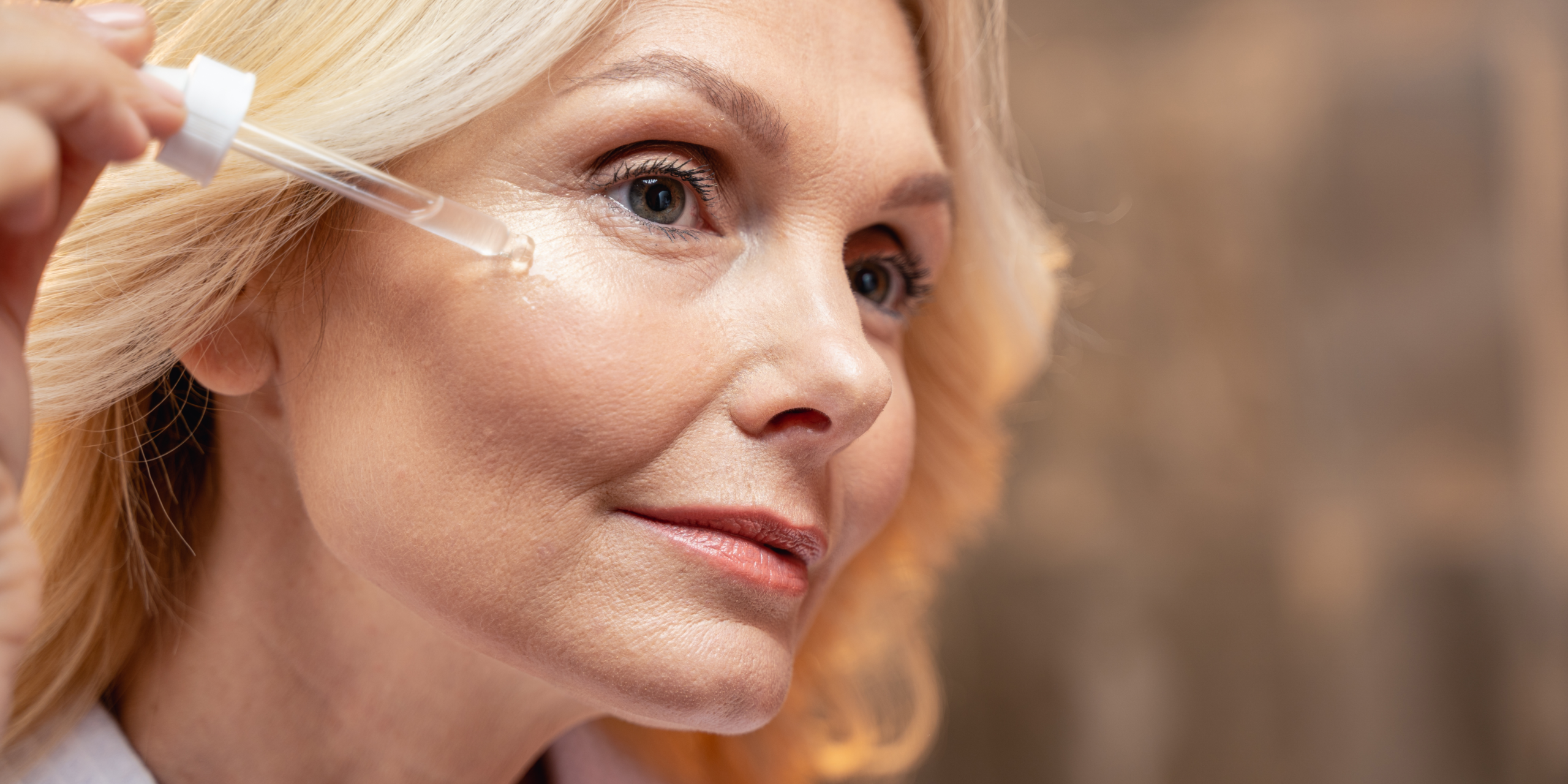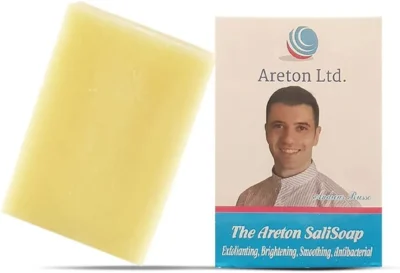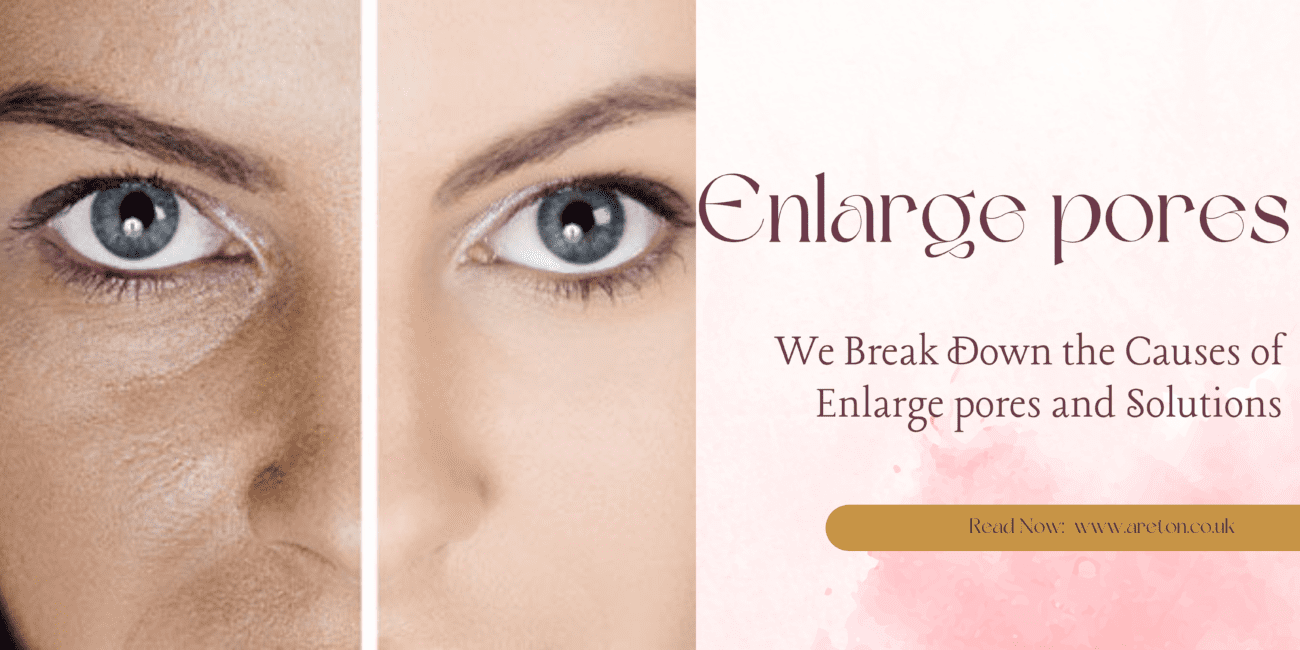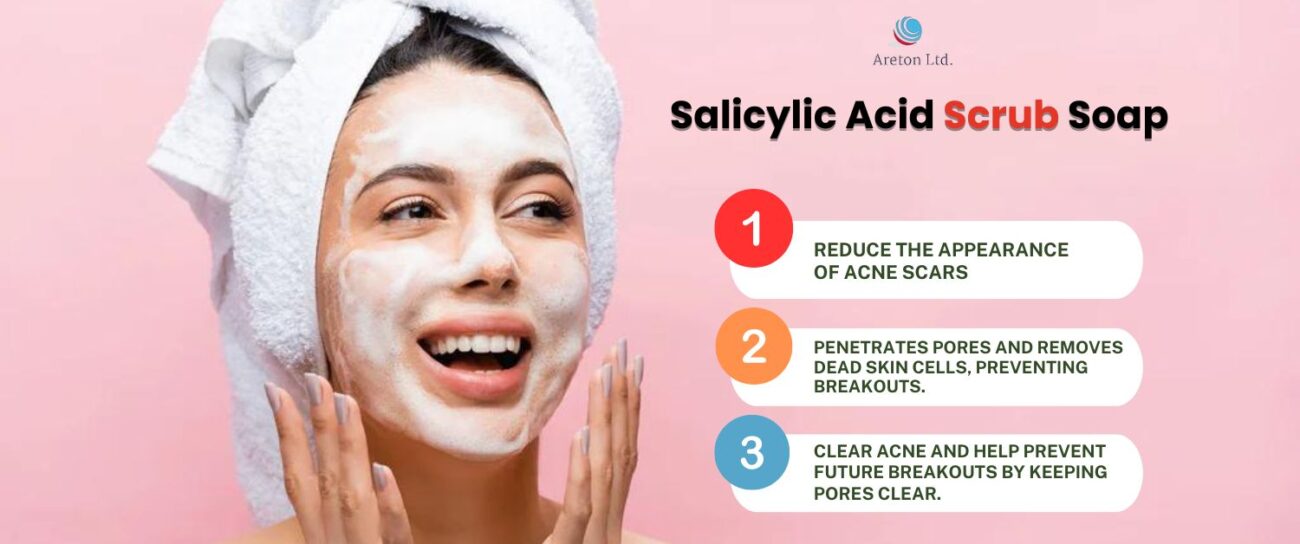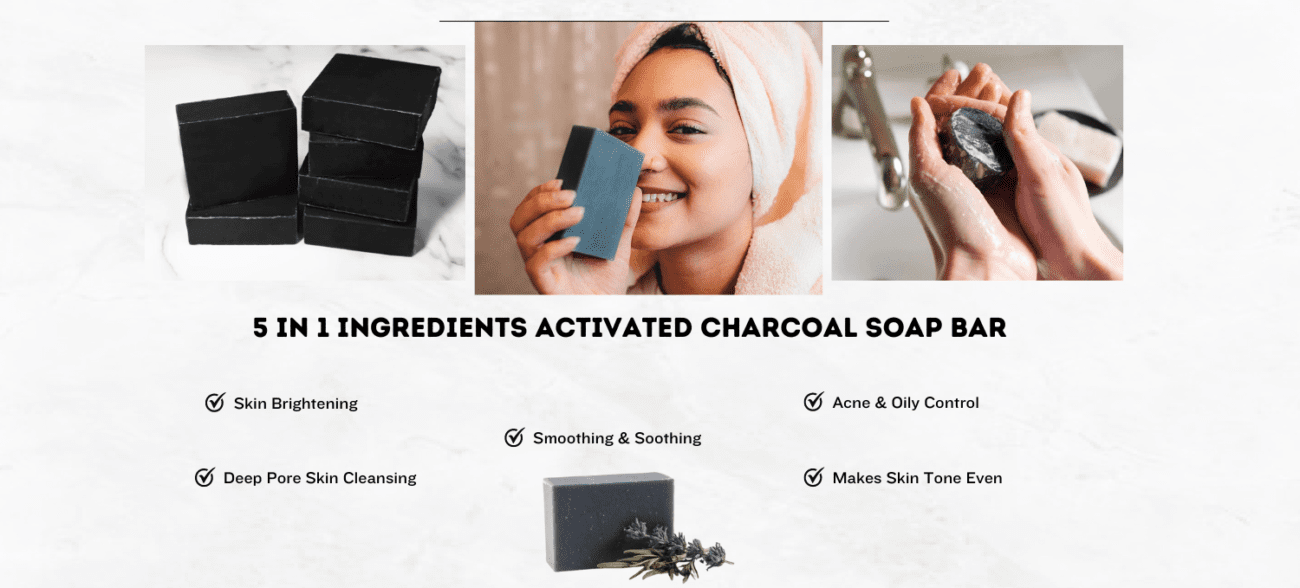What Are Crow’s Feet?
Crow’s feet are the fine lines and wrinkles that appear around the outer corners of the eyes as people age. They are a natural result of the aging process and are commonly first noticeable in one’s 30s or 40s.
Crow’s feet form because the skin around the eyes is very thin and delicate. Over time, repeated facial expressions and normal muscle movements like smiling, squinting, or frowning can cause creases in this area. Exposure to ultraviolet (UV) rays from sunlight also damages collagen and elastin fibers in the skin, leading to wrinkles and lines.
Crow’s feet typically radiate outward from the outer corners of the eyes, sometimes extending towards the temples. They are named for their resemblance to the feet of crows or bird claws. While mostly an aesthetic concern, advanced crow’s feet can sometimes interfere with vision or make wearing eye makeup difficult.
Genetics play a major role in how and when crow’s feet develop. People with fair skin tend to get crow’s feet earlier. Ethnicity and bone structure also affect one’s predisposition. Overall, crow’s feet are a natural part of aging that most adults will experience to some degree.
Causes and Risk Factors for Crow’s Feet
Crow’s feet are wrinkles that radiate out from the outer corners of the eyes. They are a natural sign of aging but there are several factors that can cause them to develop earlier or appear more prominent.
The leading cause of crow’s feet is the natural loss of collagen and elastin as we age. Collagen and elastin are proteins that keep skin firm, supple, and elastic. As we get older, our bodies produce less of these proteins, allowing skin to become thinner and lose its ability to snap back after stretching. This makes wrinkles like crow’s feet more likely to form and stick around.
Sun exposure is another major culprit when it comes to crow’s feet. The UV rays from the sun damage collagen and elastin in the skin over time. This breakdown contributes to wrinkles and other signs of photoaging. People who tan frequently or work outside without sun protection tend to develop crow’s feet earlier in life compared to those who protect their skin from the sun.
Genetics can also play a role. Some people are just prone to developing wrinkles around the eyes due to natural facial expressions and the shape of their eye area. If your parents had prominent crow’s feet, you may be more likely to get them too.
Other lifestyle factors like smoking cigarettes and squinting or frowning frequently can contribute to crow’s feet as well. The repetitive facial movements and toxins from smoking degrade the skin, especially the delicate area around the eyes.
Preventing Crow’s Feet
Crow’s feet, also known as laugh lines or periorbital wrinkles, are fine lines and wrinkles that appear around the outer corners of the eyes as we age. While completely natural, crow’s feet can deepen over time due to sun damage, smoking, and facial expressions. Luckily, there are ways to help prevent and minimize their appearance.
One of the most important things you can do is wear sunscreen daily. Exposure to UV rays from the sun is a major contributor to premature aging of the skin. Be sure to use a broad spectrum sunscreen with an SPF of 30 or higher, and reapply as needed if spending extended time outdoors. Wearing sunglasses and hats to protect the delicate eye area from the sun is also recommended.
Lifestyle factors like smoking and dehydration can accelerate crow’s feet formation. Quitting smoking allows the skin to regain elasticity and smoothness. Staying hydrated by drinking plenty of water plumps up skin cells and keeps the skin looking supple.
Eating a diet high in antioxidant-rich fruits and vegetables can help defend against free radical damage that degrades collagen and elastin in the skin over time. Foods like leafy greens, berries, citrus fruits, tomatoes, nuts and fatty fish provide antioxidants like vitamin C, E, beta carotene and selenium that nourish the skin.
With diligent sun protection, healthy lifestyle habits, and proper skin care, you can help minimize the development of crow’s feet and maintain a more youthful, vibrant eye area.
Treating Crow’s Feet
Crow’s feet, also known as laugh lines or periorbital wrinkles, are fine lines and wrinkles that appear around the outer corners of the eyes as we age. There are several effective ingredients and treatments that can help reduce the appearance of crow’s feet.
Retinoids/Retinol Creams
Retinoids, such as retinol, are vitamin A derivatives that can help diminish the look of fine lines and wrinkles. Retinol creams work by increasing collagen production and cell turnover. This helps to plump up the skin around the eyes and smooth out crow’s feet. Using a retinol cream regularly can help reduce the severity of crow’s feet. Start with a low concentration and gradually build up to avoid irritation.
Peptide Creams/Serums
Peptides are chains of amino acids that can help combat signs of aging. When applied topically, peptides send signals to the skin to produce more collagen. This helps strengthen the skin and lessen the appearance of fine lines. Using a peptide eye cream or serum can help hydrate the delicate eye area while targeting crow’s feet. Look for products with peptides like Argireline and Matrixyl.
Vitamin C and Antioxidants
Vitamin C is a powerful antioxidant that protects the skin from free radical damage. It also promotes collagen production which helps smooth out fine lines and wrinkles. Using a vitamin C eye cream or serum can protect the eye area from environmental aggressors while tackling crow’s feet. Other antioxidants like vitamin E, green tea and resveratrol can also help rejuvenate the skin around the eyes.
AHAs and Chemical Exfoliants
Alpha hydroxy acids (AHAs) like glycolic acid and lactic acid are chemical exfoliants that remove dead skin cells on the surface. This reveals brighter, smoother skin underneath. Using AHAs can help improve skin texture and tone while diminishing the appearance of fine lines around the eyes. Look for glycolic acid or lactic acid eye creams to treat crow’s feet. Start with lower concentrations to avoid irritation.
Do crow’s feet affect both men and women equally?
Aging affects everyone differently. Researchers have found that crow’s feet tend to appear earlier and form deeper wrinkles in men or people assigned male at birth (AMAB) than in women or people assigned female at birth (AFAB). Researchers attribute this to several factors, and some are behavioral in nature. For example, researchers theorize that men are less likely to wear sunglasses or use sunscreen than women. But researchers also discovered that men have higher amounts of matrix metalloproteinases, known as MMPs. MMPs are naturally occurring enzymes that break down collagen in your skin. If you have more MMPs, your skin will naturally break down quicker than if you don’t have as many MMPs.
How do crow’s feet affect my body?
The appearance of crow’s feet might not make your day when you look in the mirror, but they don’t have any ill effects on your body. They aren’t painful and shouldn’t affect you physically. But the appearance of fine lines and wrinkles can make some people feel insecure about their appearance.
If you don’t like the appearance of crow’s feet, it may help to remember that they’re a natural part of aging and most everyone will get them eventually. But you can also consult with your dermatologist (a medical doctor who specializes in skin conditions) about various treatment options that can help reduce the appearance of fine lines and wrinkles.


Charcoal Soap Benefits for Crow’s Feet
Charcoal soap can be an effective treatment for reducing the appearance of crow’s feet around the eyes. Here are some of the key benefits of using charcoal soap:
Exfoliates dead skin cells – Charcoal is a gentle but effective exfoliator. It lifts away dead skin cells on the surface of the skin, smoothing texture. This can reduce the visible fine lines and wrinkles associated with crow’s feet.
Deep cleanses pores – The tiny charcoal particles are able to penetrate deep into pores to draw out dirt, oil, and impurities. Cleaning congested pores helps minimize their appearance and prevents future clogged pores which can worsen crow’s feet.
Has antioxidant benefits – Charcoal contains antioxidants which protect the skin from free radical damage. This helps slow premature aging and wrinkling. Using charcoal soap can boost antioxidant activity on the delicate eye area.
Stimulates collagen production – Collagen gives skin its firmness and elasticity. As we age, collagen breaks down more rapidly, leading to wrinkles. Charcoal may help stimulate new collagen production, increasing skin firmness and resilience.
By exfoliating, deep cleansing, providing antioxidants, and promoting collagen, regular use of charcoal soap can reduce the look of fine lines and crow’s feet around the eyes. Be sure to use gentle, circular motions when applying to avoid tugging on the delicate eye area.
Using Charcoal Soap on Crow’s Feet
Charcoal soap can help reduce the appearance of crow’s feet by gently exfoliating dead skin cells and excess oil from the skin’s surface. When used in moderation, charcoal soap may improve skin texture and tone in the delicate eye area.
When using charcoal soap on crow’s feet, be sure to follow these tips:
Use 2-3 times per week at most. Over-exfoliating can cause irritation and dryness.
Apply the soap lightly to the crow’s feet area using gentle, circular motions. Avoid rubbing aggressively.
Allow the charcoal soap to work for 1-2 minutes, then rinse thoroughly with lukewarm water.
Pat skin dry gently with a soft, clean towel. Don’t rub.
Follow up with a nourishing, fragrance-free moisturizer suited for the eye area. This helps replenish moisture and prevent dryness.
Using charcoal soap sparingly and carefully around the eyes can help reduce the appearance of fine lines and wrinkles over time. Always monitor skin for adverse reactions and discontinue use if irritation occurs.
Salicylic Acid Scrub Soap Benefits
Salicylic acid is a beta hydroxy acid that can provide a number of skin benefits when used regularly. Our salicylic acid scrub soap can be an effective way to improve the appearance of crow’s feet and fine lines around the eyes.
Here are some of the key benefits of using our salicylic acid scrub soap:
Exfoliates Dead Skin: The scrub particles in the soap help gently slough off dead skin cells. This helps reveal the newer, smoother skin underneath. Exfoliating allows skincare products to better penetrate the skin.
Improves Skin Texture/Tone: By accelerating cell turnover, salicylic acid helps improve overall skin texture and tone. Regular use can help reduce uneven tone and rough patches.
Reduces Appearance of Fine Lines/Wrinkles: The exfoliating action helps diminish the visible appearance of fine lines and wrinkles. Removing the top layer of dead cells softens the look of crow’s feet and other signs of aging.
Has Anti-Inflammatory Properties: Salicylic acid has anti-inflammatory abilities that can help reduce redness and puffiness. The eyes are a delicate area prone to inflammation, making salicylic acid an ideal ingredient for reducing irritation.
Using our salicylic acid scrub soap consistently can lead to noticeable improvements in the skin around the eyes. The combination of exfoliation, cell turnover acceleration, and anti-inflammatory properties makes it an effective way to tackle crow’s feet and rejuvenate the eye area.
Using Salicylic Acid Scrub Soap
Salicylic acid is a beta hydroxy acid that helps exfoliate dead skin cells and smooth skin texture. When used in a facial cleanser or scrub, it can help reduce the appearance of fine lines and wrinkles like crow’s feet.
Our salicylic acid scrub soap bar contains salicylic acid along with nourishing oils and moisturizers. Use this soap 2-3 times per week maximum to help diminish crow’s feet and reveal fresher, younger-looking skin.
When using salicylic acid scrub soap on crow’s feet, it’s important to be gentle. Here’s a simple routine to follow:
Wet skin with lukewarm water, then work the soap bar into a rich lather between your hands.
Gently massage the lather onto the crow’s feet area, avoiding the delicate skin around the eyes.
Let the soap sit on skin for 1-2 minutes to allow the salicylic acid to work.
Rinse thoroughly with lukewarm water.
Pat skin dry and follow up with a nourishing moisturizer. We recommend our hydrating facial cream.
Using salicylic acid scrub soap a few times per week can help diminish the appearance of crow’s feet over time. Be careful not to over-exfoliate, as this can cause irritation. Discontinue use if skin becomes red or inflamed.
Normal Salicylic Acid Soap Benefits
Salicylic acid is a beta hydroxy acid that is commonly used in skin care for its ability to exfoliate the skin and fight acne. Our normal salicylic acid soap contains salicylic acid which provides several benefits for the skin:
Exfoliates and unclogs pores: Salicylic acid is able to penetrate deep into the pores to remove dead skin cells, excess oil, and debris that can clog pores and cause blemishes. Using our normal salicylic acid soap helps exfoliate the outer layer of the skin to reveal fresher, smoother skin underneath. This helps reduce the appearance of fine lines, wrinkles, and crow’s feet.
Reduces inflammation and redness: Salicylic acid has anti-inflammatory properties that help calm redness and irritation. By clearing away pore-clogging impurities, salicylic acid also prevents inflammation that leads to breakouts. Using our normal salicylic acid soap can help reduce redness and inflammation that contributes to signs of aging like crow’s feet.
Helps fade dark spots and discoloration: Salicylic acid promotes skin cell turnover to reveal brighter, more even-toned skin. With regular use, our normal salicylic acid soap can help fade dark spots and discoloration around the eye area to reduce the visible appearance of crow’s feet and fine lines.
Improves overall skin texture: By exfoliating away dead skin cells and keeping pores clear, salicylic acid refines skin texture for a smoother, softer complexion. Our salicylic acid soap leaves skin looking rejuvenated and helps minimize the rough, crepey texture associated with crow’s feet.
Using Normal Salicylic Acid Soap
Normal Salicylic Acid soap can help smooth and soften the skin around the eyes to reduce the appearance of crow’s feet. This soap contains salicylic acid, an alpha hydroxy acid that exfoliates the skin by dissolving dead skin cells. Using it regularly can help diminish fine lines and wrinkles.
To use Normal Salicylic Acid soap on crow’s feet:
Use 1-2 times daily. Apply the soap lightly to the crow’s feet area, being careful not to get soap in your eyes.
Let it sit on the skin for 1-2 minutes to allow the salicylic acid to work.
Rinse thoroughly with lukewarm water. Make sure to remove all traces of soap.
Follow up with a gentle, non-comedogenic moisturizer suited for the eye area. This helps replenish moisture and lock in the benefits.
Using this soap once or twice a day can help smooth crow’s feet over time by removing dead skin cells and promoting collagen production. Be sure to use a light touch and avoid over-exfoliating this delicate area.
-

 Valorado con 0 de 5¡Oferta!Añadir al carrito
Valorado con 0 de 5¡Oferta!Añadir al carrito$10.00El precio original era: $10.00.$4.99El precio actual es: $4.99. -

 Valorado con 0 de 5¡Oferta!Añadir al carrito
Valorado con 0 de 5¡Oferta!Añadir al carrito$10.00El precio original era: $10.00.$4.99El precio actual es: $4.99.


